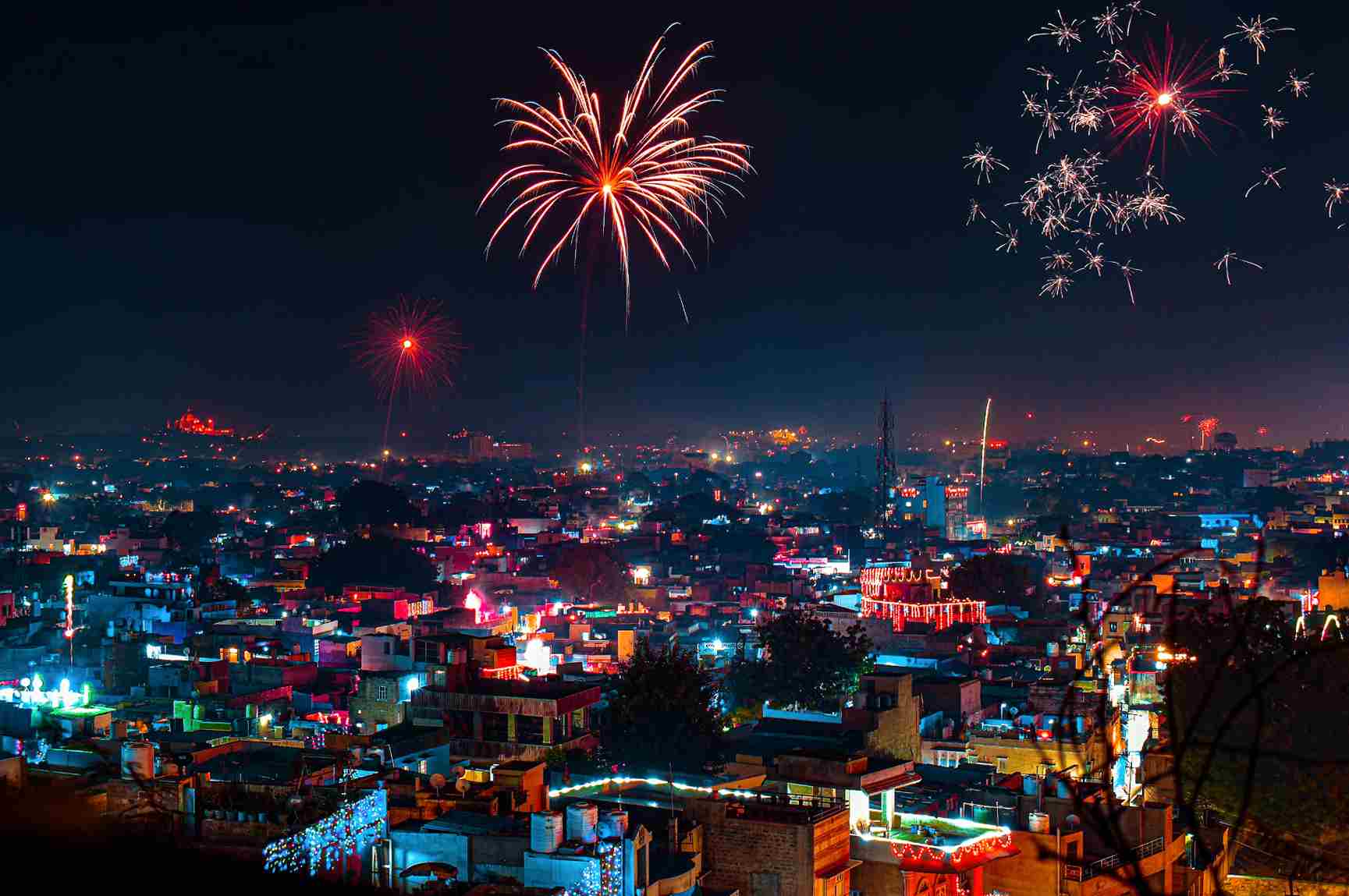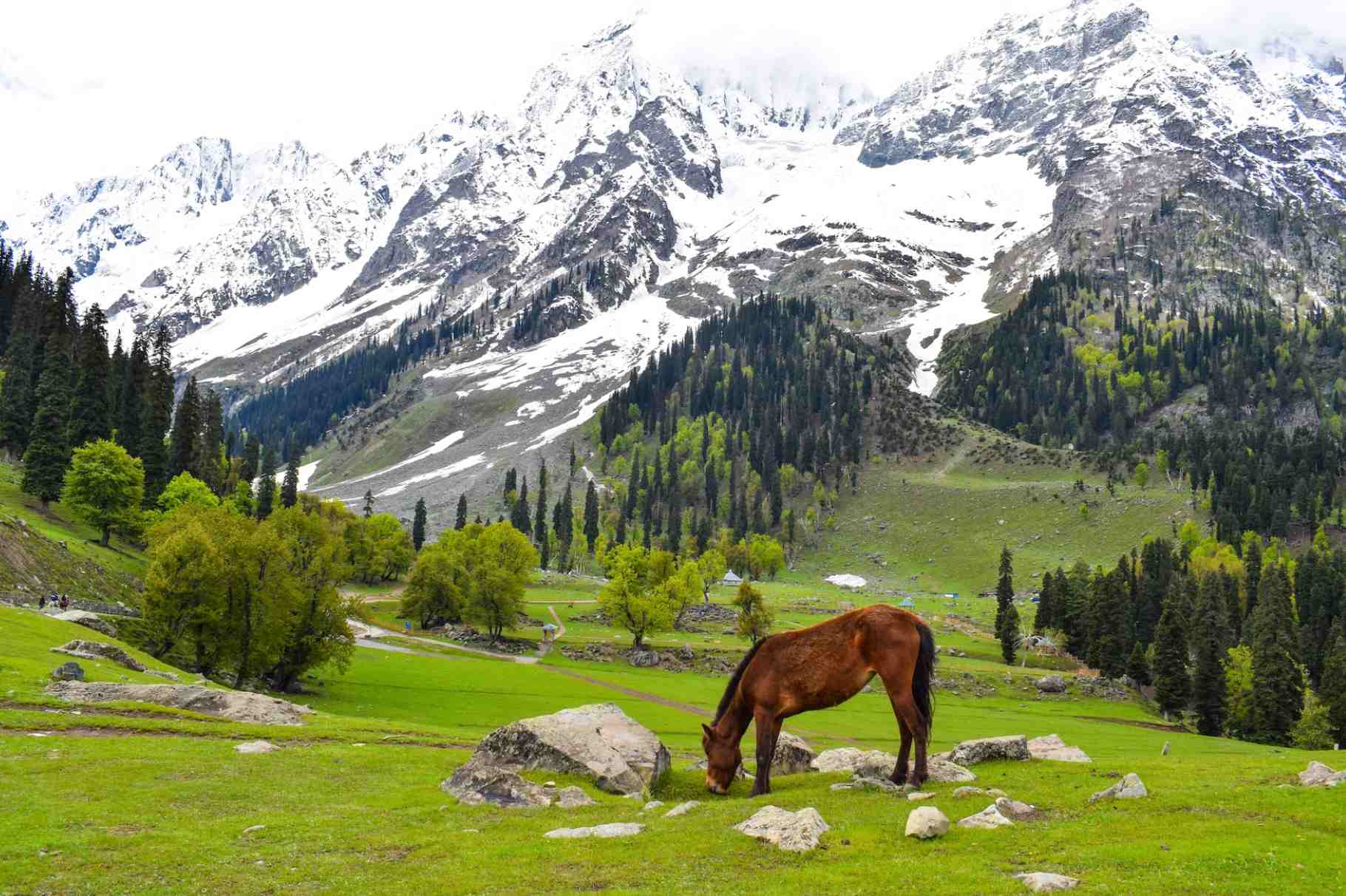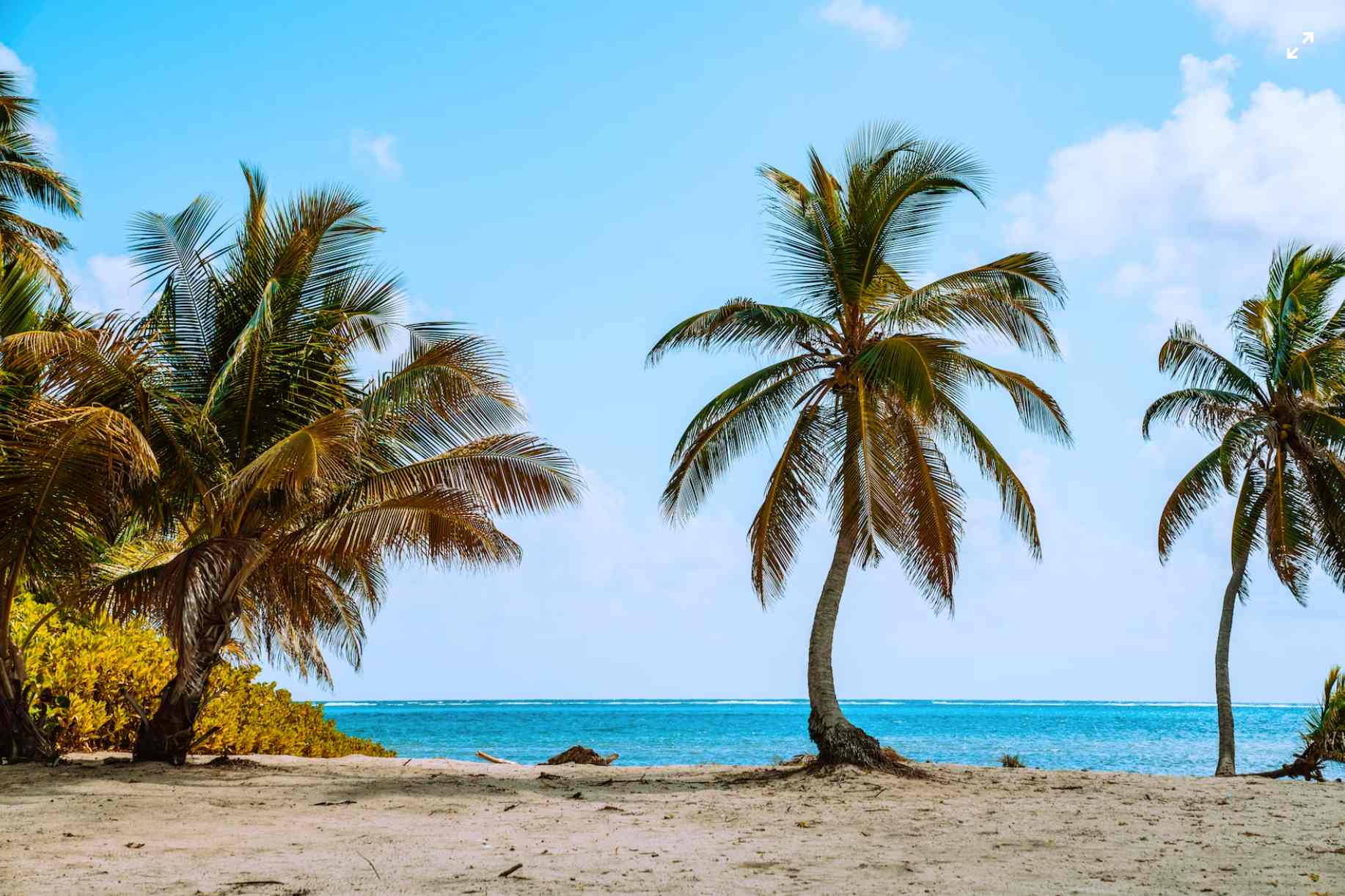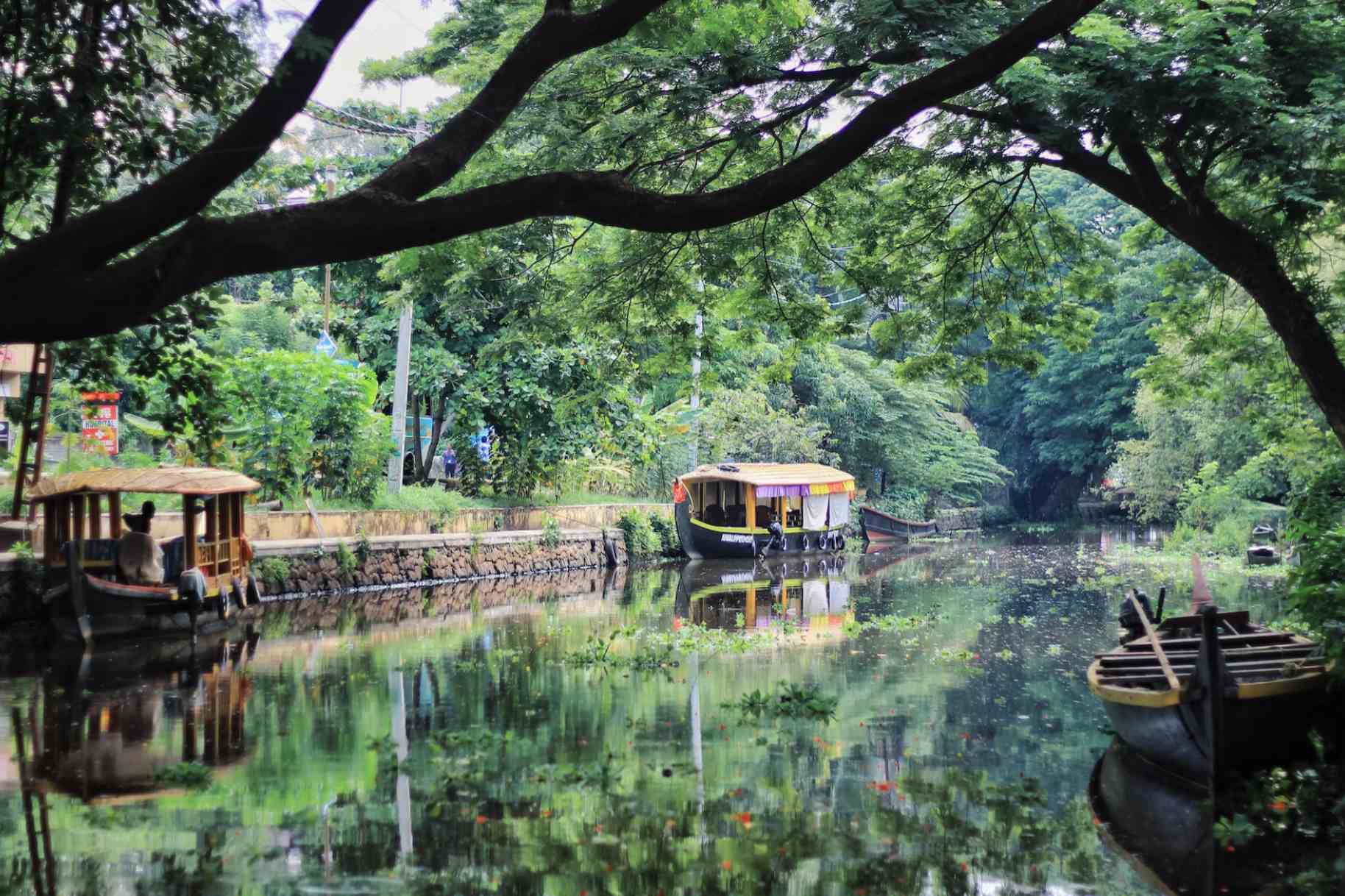Exploring the Different Types of Campgrounds
When it comes to camping, there is a wide range of campgrounds to choose from, each offering a unique experience in the great outdoors. Whether you're a seasoned camper or new to the adventure, understanding the different types of campgrounds available can help you plan a memorable outdoor getaway. In this article, we will explore the various types of campgrounds and provide insights on how to camp in each of them.
Public Campgrounds:
Public campgrounds are managed by government entities such as national parks, state parks, and national forests. These campgrounds are popular among outdoor enthusiasts due to their scenic locations, well-maintained facilities, and access to nature trails and recreational activities. To camp in public campgrounds, check the availability, make reservations if required, and adhere to any specific rules or regulations.

Private Campgrounds:
Private campgrounds are owned and operated by individuals or organisations. These campgrounds often offer a range of amenities, including electricity, water hookups, restrooms, and sometimes even recreational facilities such as swimming pools or playgrounds. To camp in private campgrounds, contact the campground owners or management, make reservations in advance, and inquire about any specific requirements or amenities available.
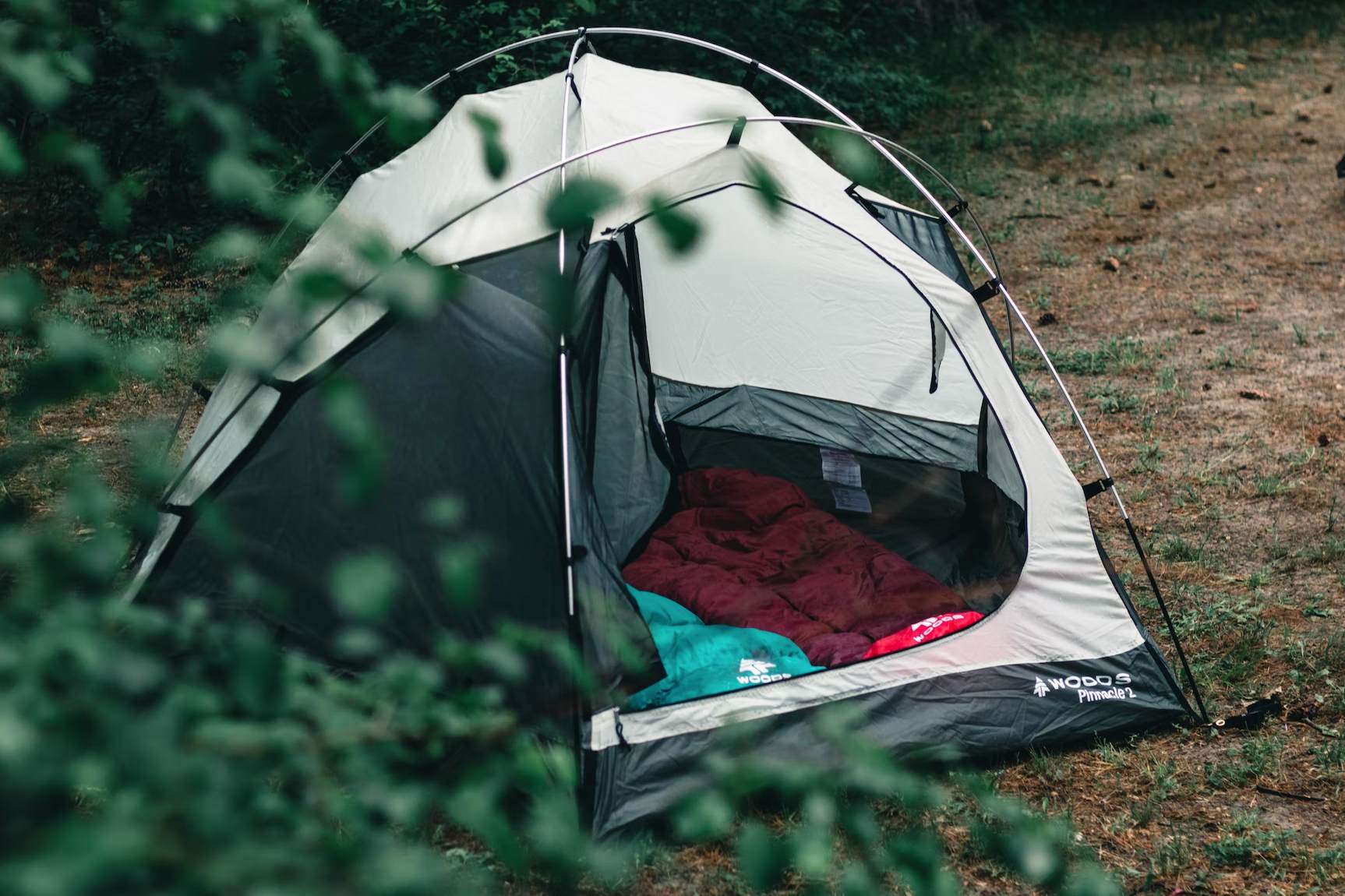
RV Parks:
RV parks cater specifically to recreational vehicles (RVs) and motorhomes. These campgrounds provide designated spaces with full hookups for water, electricity, and sewage connections. Many RV parks also offer additional amenities such as laundry facilities, Wi-Fi, and communal gathering areas. If you own an RV or plan to rent one, look for RV parks that accommodate your vehicle's size, make reservations, and follow the park's guidelines for parking and usage.
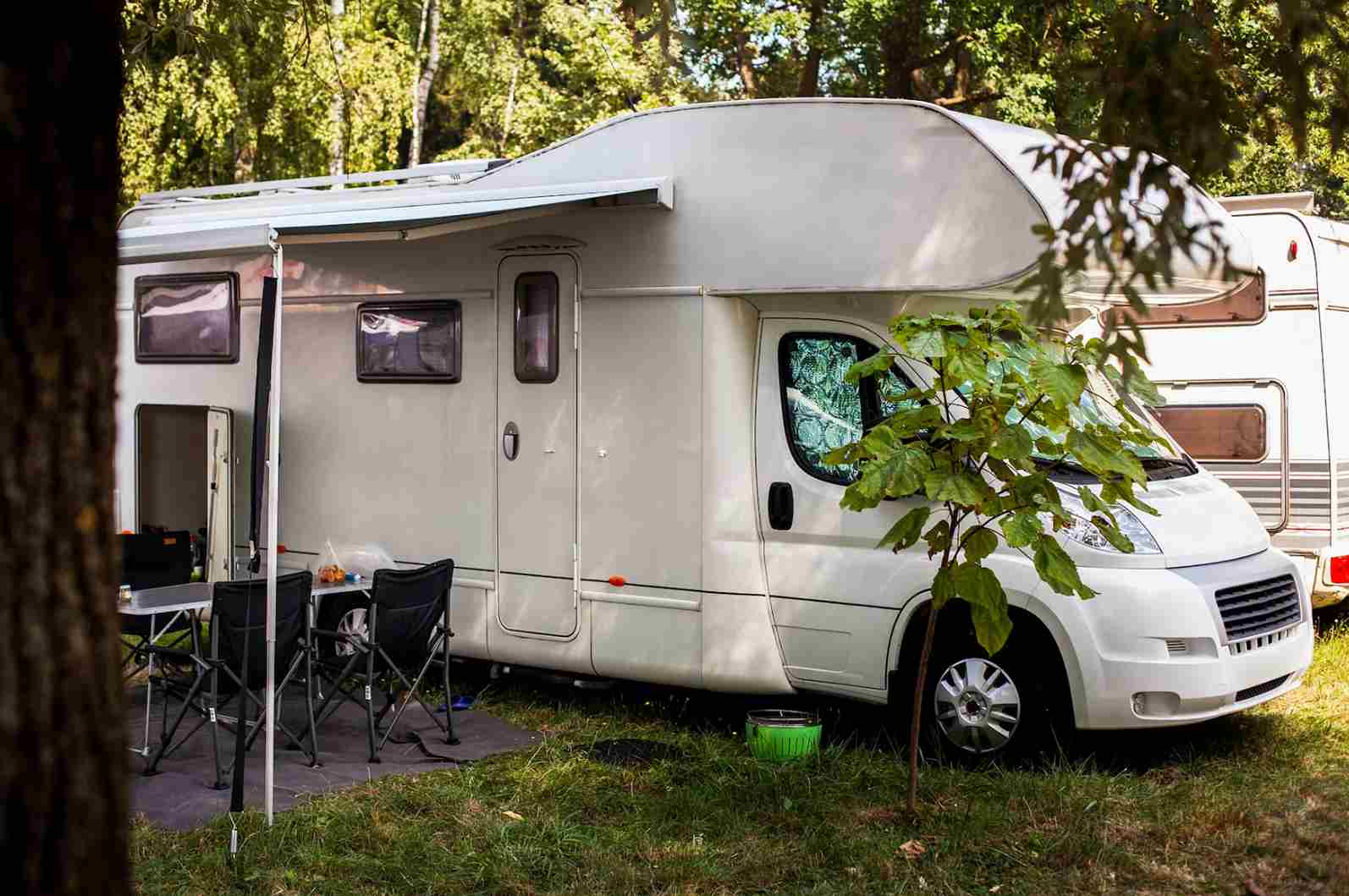
Primitive Campsites:
For those seeking a more immersive and rustic camping experience, primitive campsites are an excellent choice. These campsites are usually located in remote areas, away from developed facilities and amenities. Primitive campsites often have minimal or no amenities, such as pit toilets or fire rings. When camping in primitive campsites, it is essential to be self-sufficient and pack all necessary supplies, including food, water, and proper camping equipment. Check with the land management agency or local authorities for any permits or regulations related to primitive camping in the area.
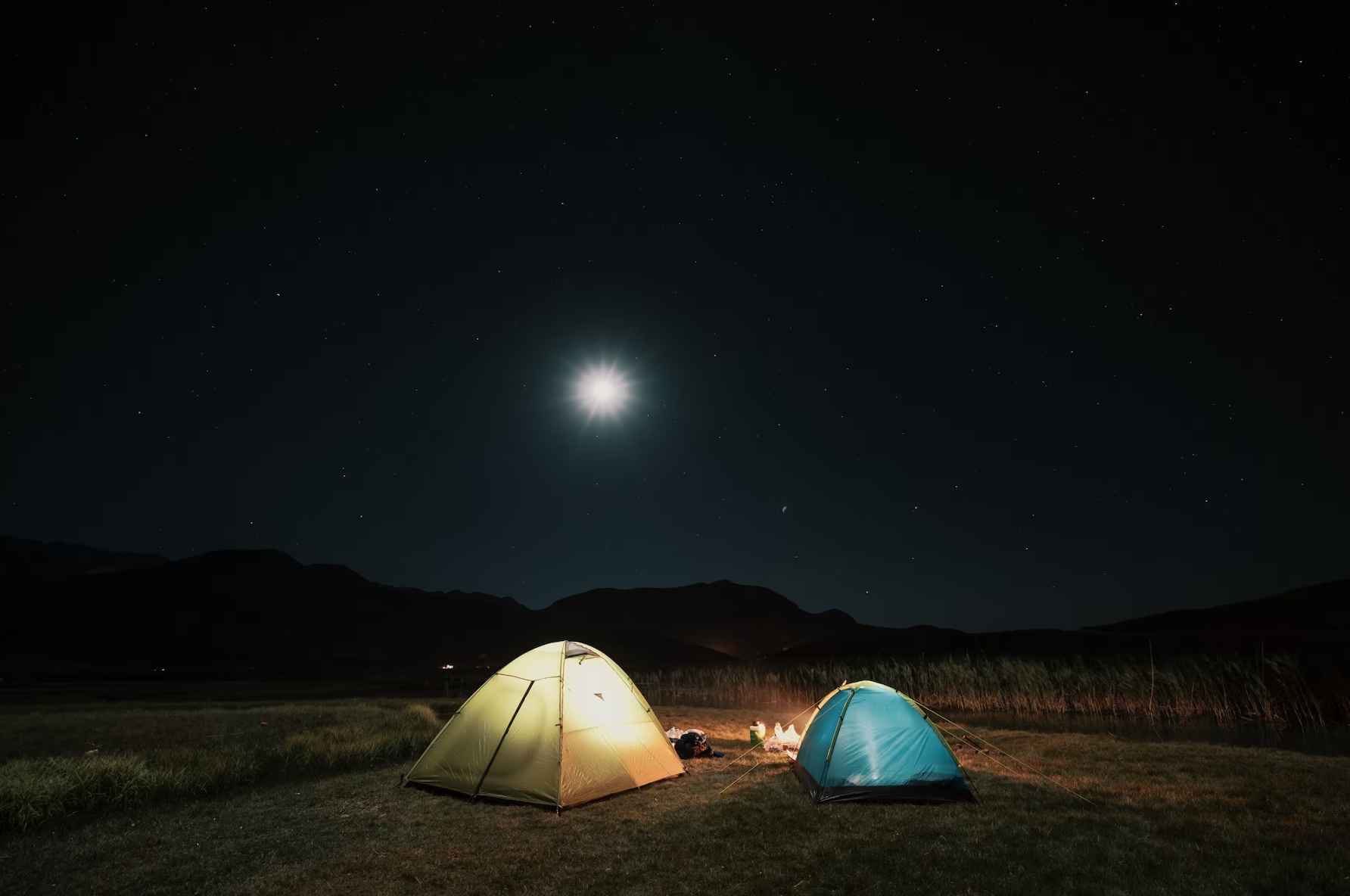
Backcountry Camping:
Backcountry camping offers the ultimate wilderness experience, allowing you to camp in undeveloped and often remote areas. This type of camping involves hiking or backpacking to reach your camping destination, carrying all your gear and supplies. Backcountry camping requires careful planning, including obtaining permits, researching the area's regulations and potential hazards, and practising Leave No Trace principles to minimise your impact on the environment.
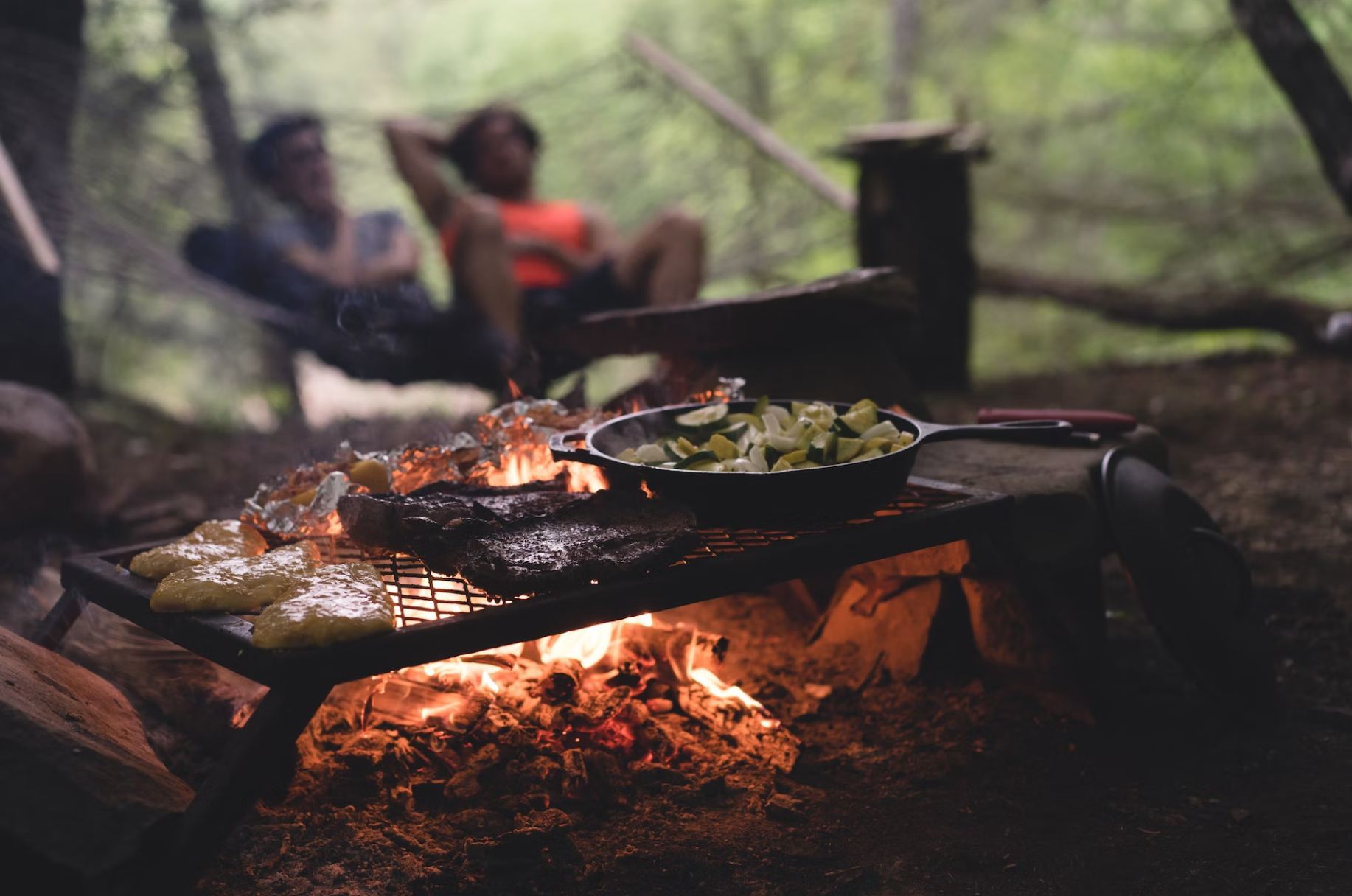
Tent camping:
Tent camping is the classic and traditional form of camping, where campers set up tents in designated areas within campgrounds. This form of camping offers a back-to-basics experience, immersing campers in nature with minimal amenities. When tent camping, ensure you have a suitable tent, sleeping bags, camping gear, and essentials like cooking equipment and lanterns. Research the campground's facilities, such as restrooms, potable water sources, and fire pits, and plan accordingly. Embrace the simplicity of tent camping, enjoying the tranquillity of the outdoors and the camaraderie of gathering around a campfire.
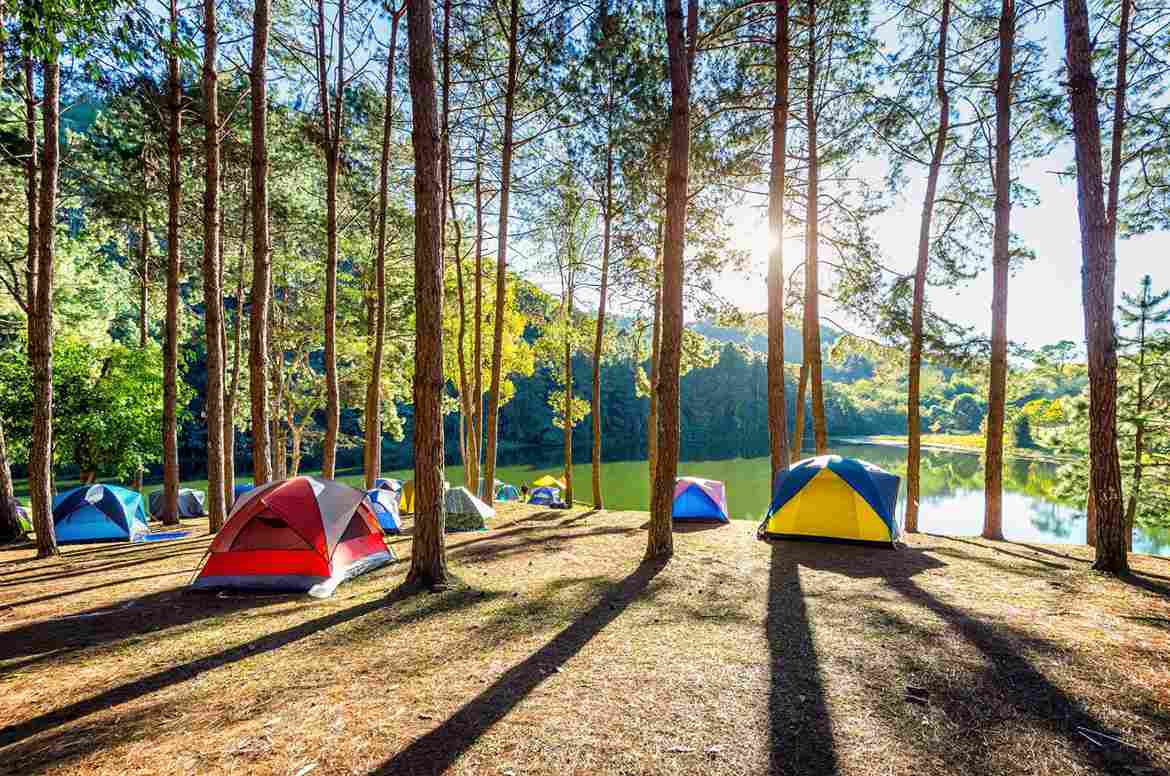
Glamping:
For those seeking a more luxurious camping experience, glamping provides a blend of comfort and nature. Glamping, short for glamorous camping, offers upscale accommodations and amenities while still allowing guests to enjoy the beauty of the outdoors. From cozy cabins and safari tents to yurts and treehouses, glamping accommodations come in various forms, often equipped with comfortable beds, private bathrooms, and even Wi-Fi. Glamping sites typically provide additional amenities such as on-site dining, recreational activities, and unique experiences tailored to the natural surroundings. If you prefer a blend of comfort and adventure, glamping offers a remarkable camping experience.
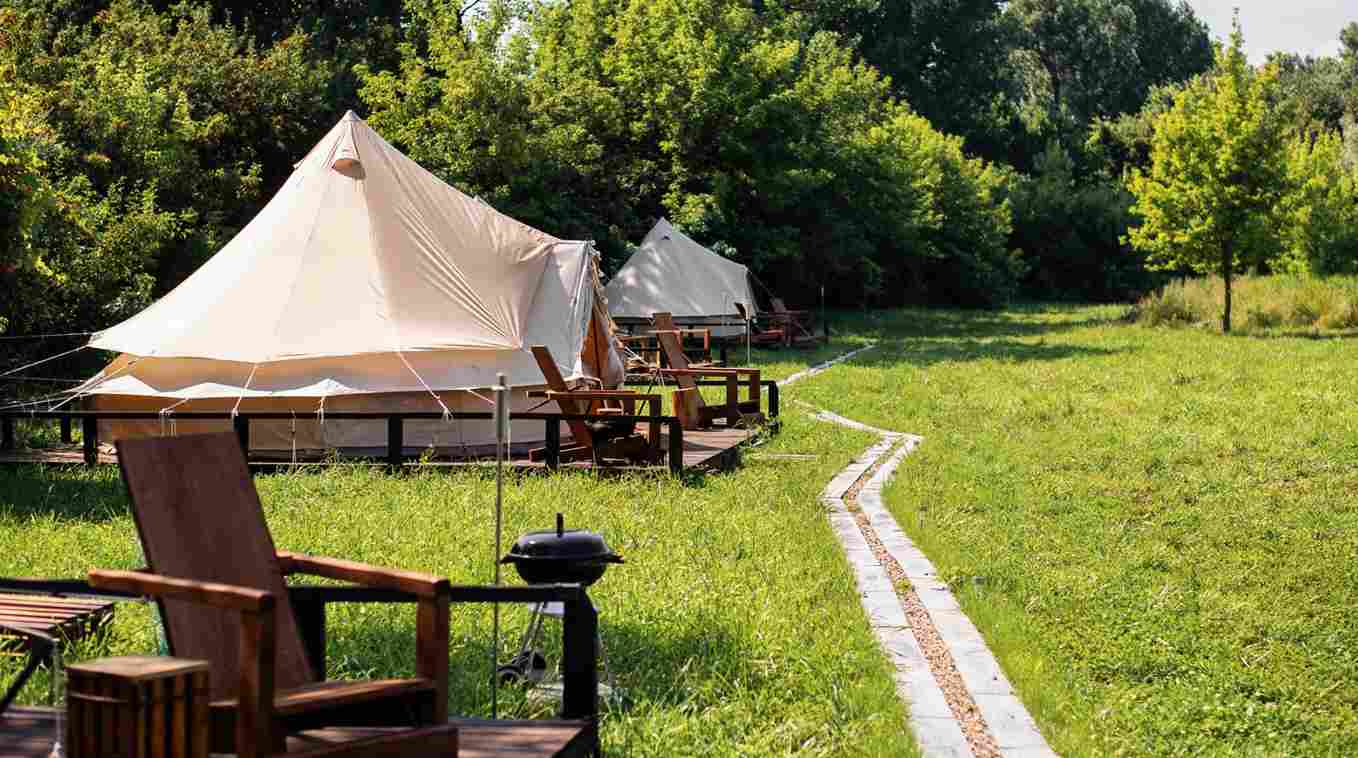
Combination Campgrounds:
Many campgrounds offer a combination of camping options, catering to a diverse range of preferences. These campgrounds provide spaces for tent camping, RVs, and sometimes even glamping accommodations. Combination campgrounds offer the flexibility for individuals or groups with varying camping preferences to come together and enjoy their preferred style of camping. Such campgrounds often provide shared facilities like restrooms, showers, and communal areas, creating a sense of community among campers. Research these campgrounds to determine which type of camping experience best suits your needs.
The world of camping offers a diverse range of options, from the simplicity of tent camping to the luxurious comfort of glamping. Whether you seek the ruggedness of pitching a tent or the indulgence of upscale accommodations in the great outdoors, there is a camping experience to match your desires. Before embarking on your camping adventure, consider the type of experience you seek, the amenities you require, and the level of comfort you desire. Whether you prefer the amenities of public or private campgrounds, the freedom of RV parks, the simplicity of primitive campsites, or the adventure of backcountry camping, there is a camping experience to suit every preference. Research campgrounds, make necessary reservations, and prepare accordingly to ensure a memorable and enjoyable camping experience. Embrace the beauty of nature, create cherished memories, and find solace in the simplicity or luxury of camping, be it tent camping or glamping. Happy camping!
Looking forward to your next outdoor camping adventure? Click here.











